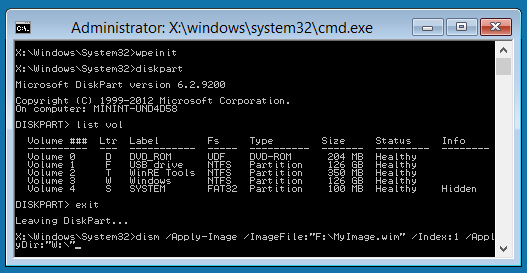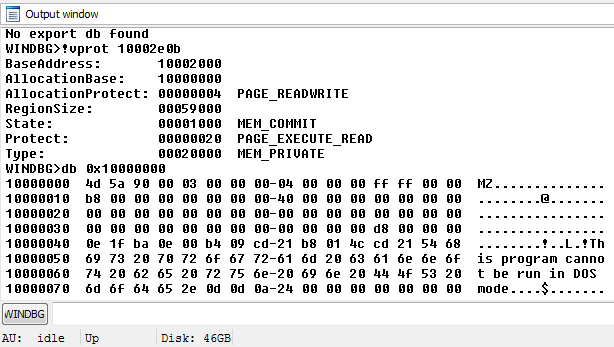

- #Pe explorer change ram allocation how to#
- #Pe explorer change ram allocation windows 10#
- #Pe explorer change ram allocation license#
#Pe explorer change ram allocation how to#
How to increase virtual memory using Command Prompt 10, make sure to check the Automatically manage paging size for all drives option, and restart your device. If you need to revert the changes, you can use the same instructions, but on step No.
#Pe explorer change ram allocation windows 10#
Once you complete the steps, you should notice an increase in performance when navigating Windows 10 as well as when running multiple apps at the same time. However, usually, it's recommended to use a number that's one and a half times the total available memory for the "Initial size" and three times of available memory for the "Maximum size" when possible. Quick tip: The size of the virtual memory is unique to each device, and it can't be generalized. Specify the initial and maximum size for the paging file in megabytes.
#Pe explorer change ram allocation license#
VPN Deals: Lifetime license for $16, monthly plans at $1 & more You're noticing slow performance over time, or a particular application requires specific parameters to work as intended. For instance, when you see the "Your system is low on virtual memory" message. In addition, the paging file is important to support crash dumps during a system crash (Blue Screen of Death), as without a large enough page file, a dump with all the contents of the system memory won't be created.Īlthough the system does a pretty good job managing the paging file size according to various factors automatically, sometimes, you may still need to increase the default virtual memory values manually. Using this approach allows the system to prioritize faster physical memory for more frequent processes and applications, improving the overall performance and preventing the device from locking up in the event it runs out of system memory.

On Windows 10, virtual memory (or paging file) is an essential component (hidden file) designed to remove and temporarily store less frequently use modified pages allocated in RAM (random-access memory) to the hard drive.


 0 kommentar(er)
0 kommentar(er)
